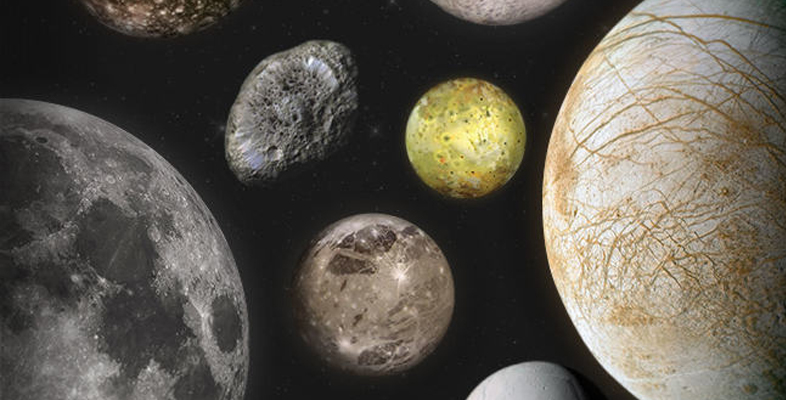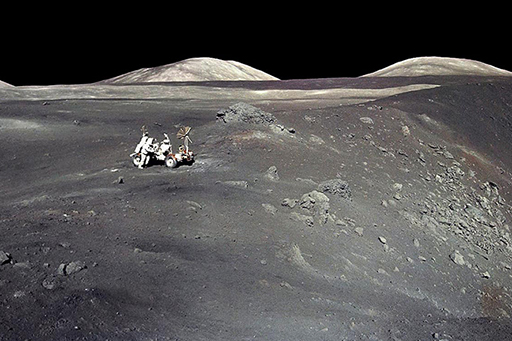1.5 A little dust goes a long way
Do you remember the video in Week 5 of the two astronauts discovering the Genesis Rock in 1971? [Tip: hold Ctrl and click a link to open it in a new tab. (Hide tip)]
In the video, one of them mentions what they are putting the sample into. The sample goes into a plastic bag, which unfortunately allowed oxygen from the lunar module and some water vapour from the South Pacific and Houston (taken in after their arrival back on Earth) to interact with the mineral troilite (iron sulfide). The seal of the bag was compromised, as many were, by the dust kicked up by the astronauts as they moved around on the Moon’s surface. This dust turned out to be a greater nuisance than anticipated because each dust particle was susceptible to becoming electrically charged by friction with other dust particles. You’ll see the same effect if you rub a dry plastic bag and pass it close to any fine-grained material like flour. Some of the dust stuck to the seal of the sample bag and made it incomplete. It is now thought that the rust formed once the rock returned to Earth, and so was not proof of water on the Moon.

